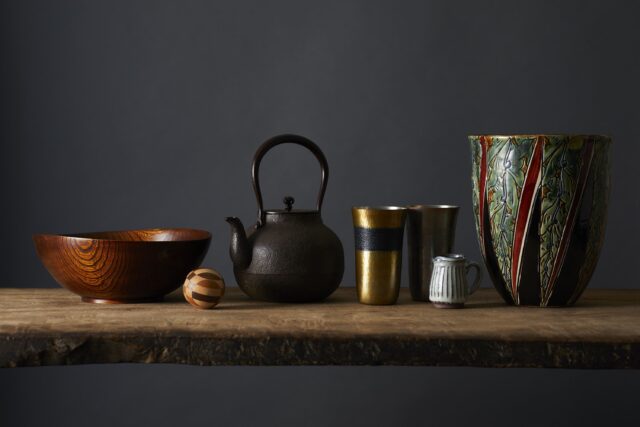Nakagawa Masashichi Shoten Redefines “How Craft Should Conclude” – Launches Circular Craft Program Alongside B Corp Certification
KOGEI Topics VOL.25


VOL.1-25
Update

VOL.1-50
Update
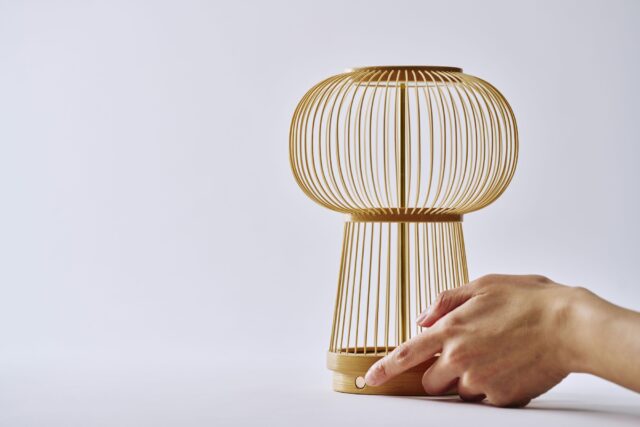
VOL.1-22
Update
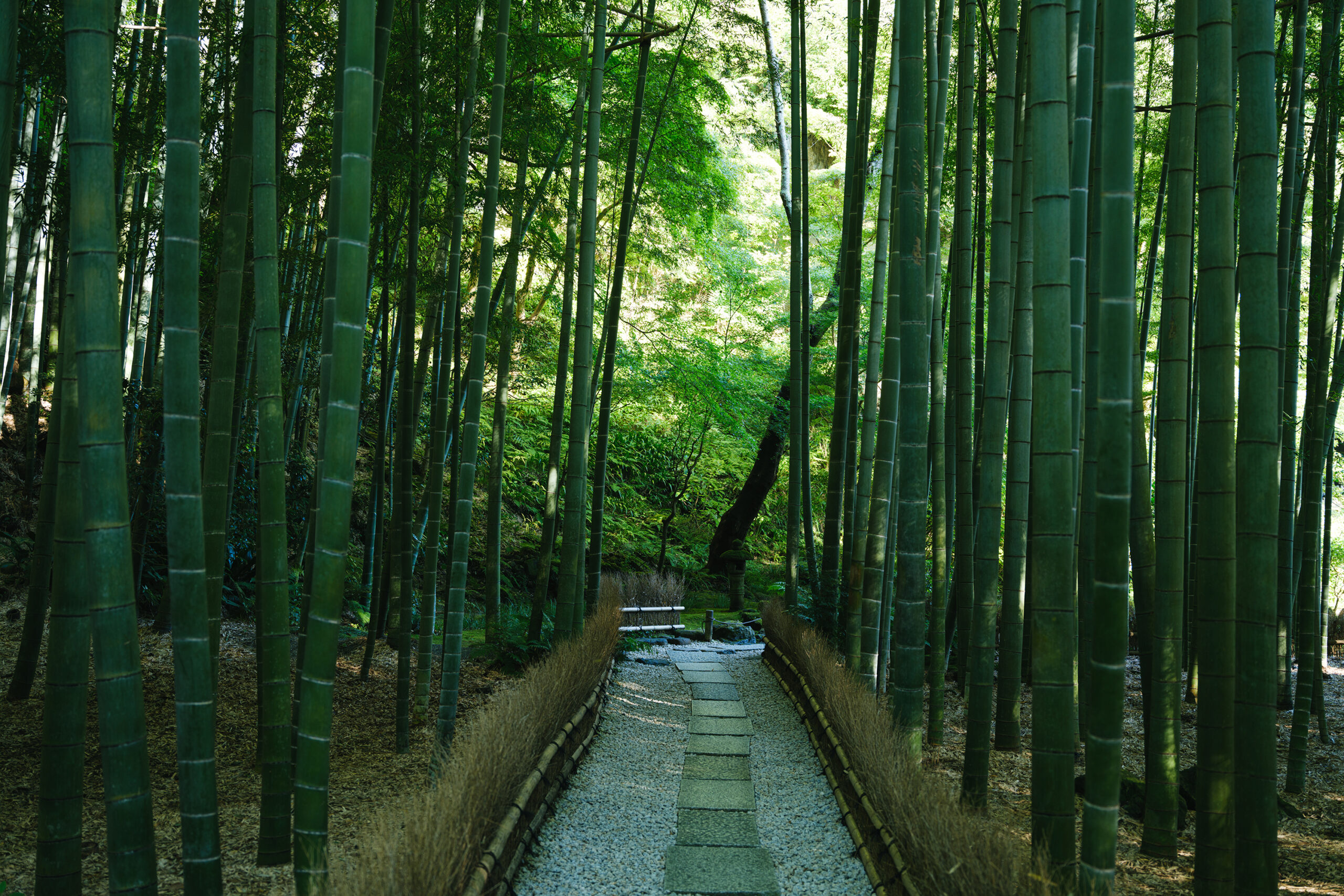
VOL.1-3
Update
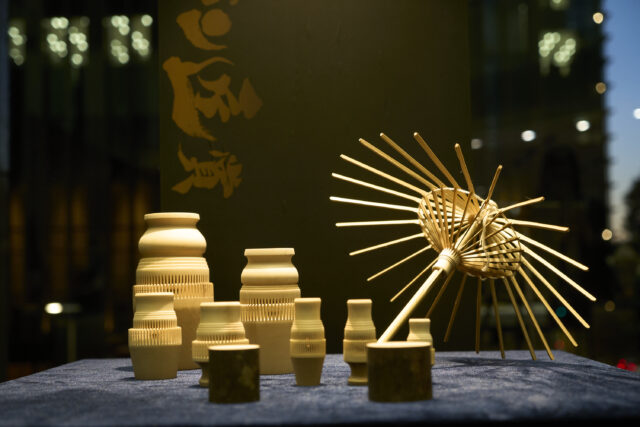
VOL.1-27
Update
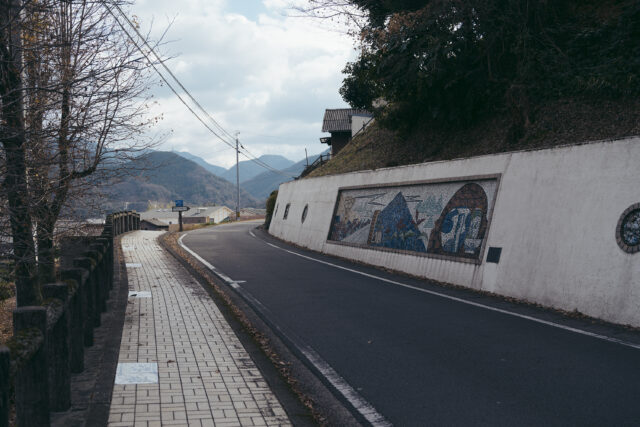
VOL.1-4
Update
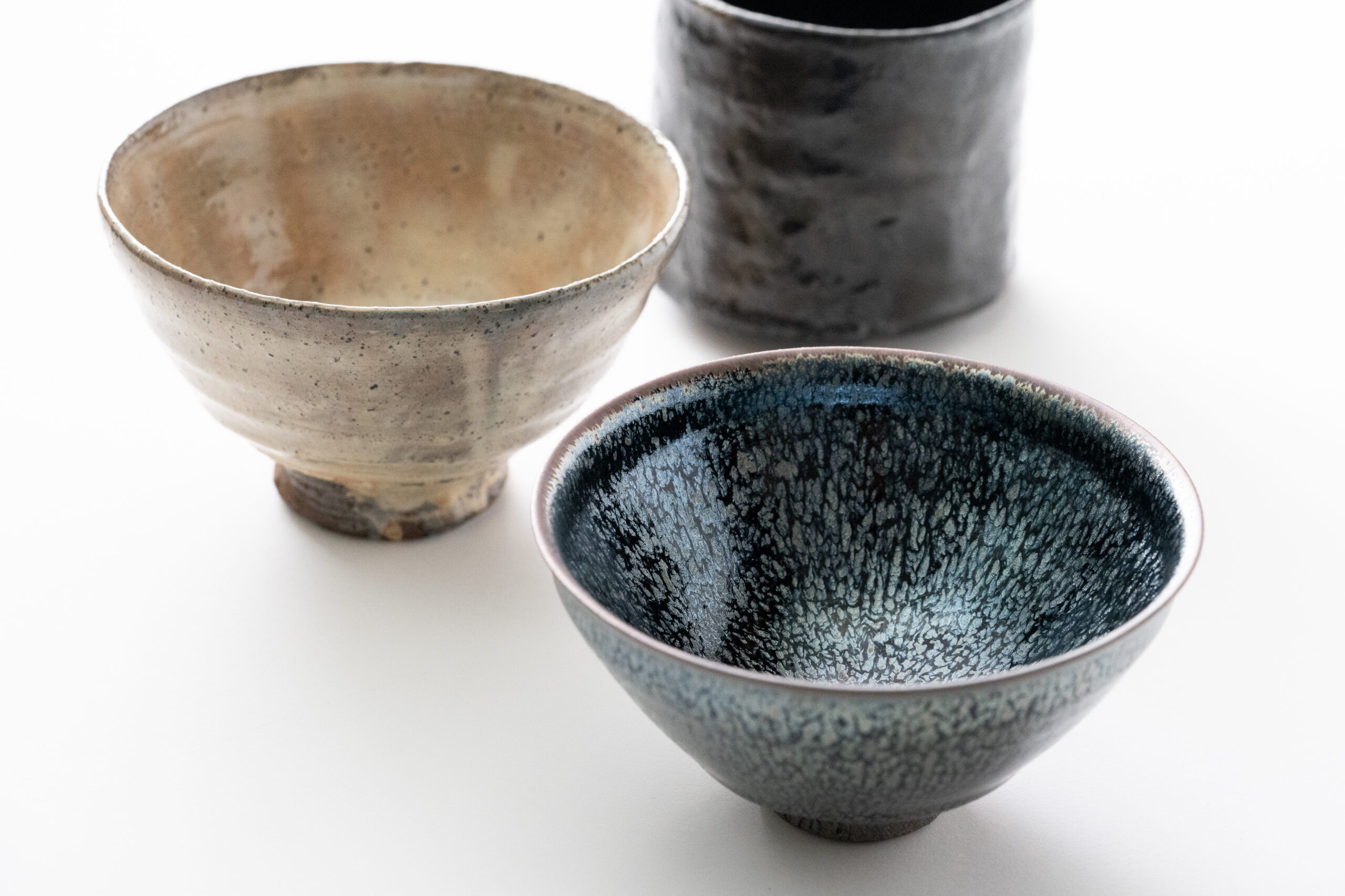
VOL.1-3
Update

VOL.1
Update
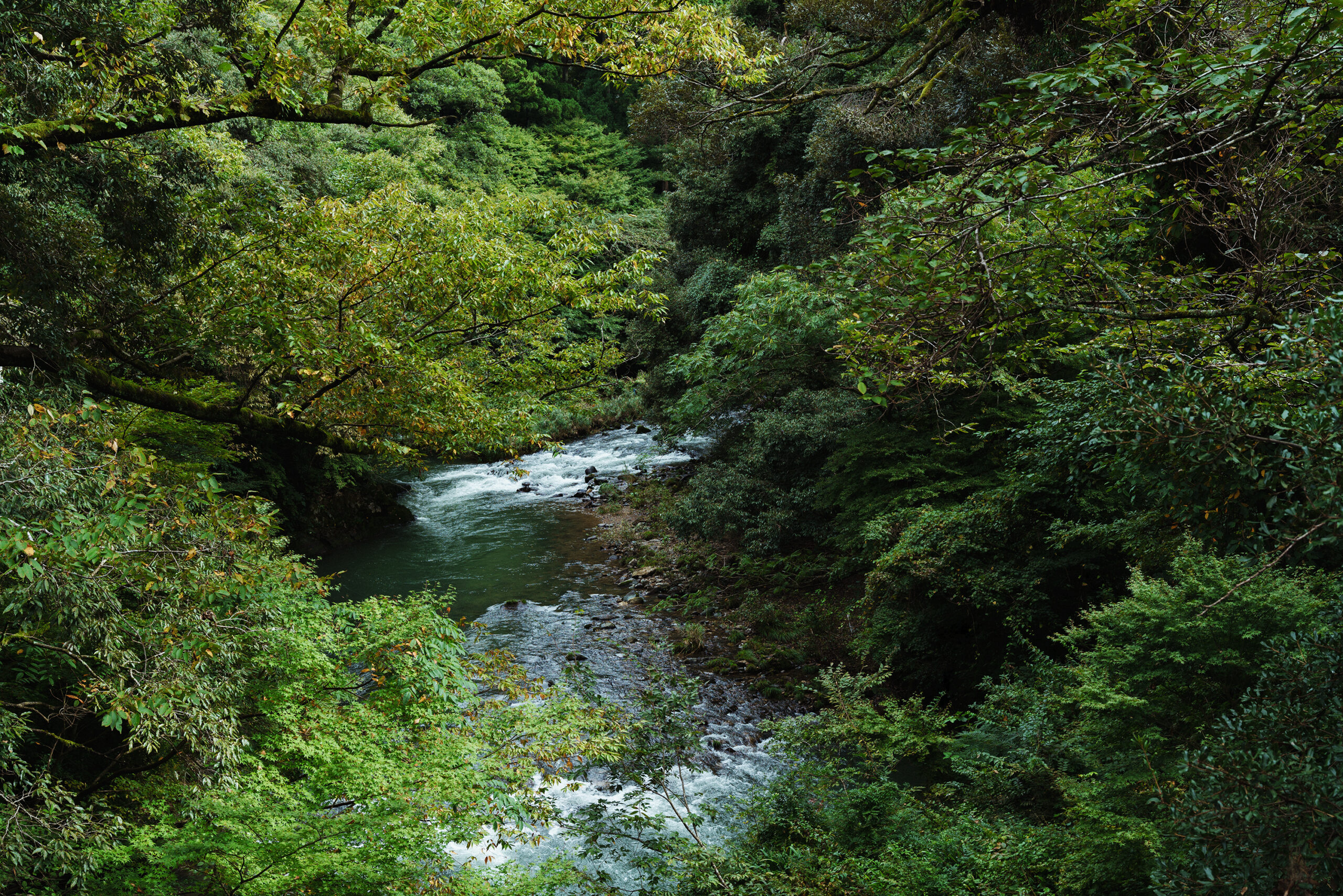
VOL.1-7
Update
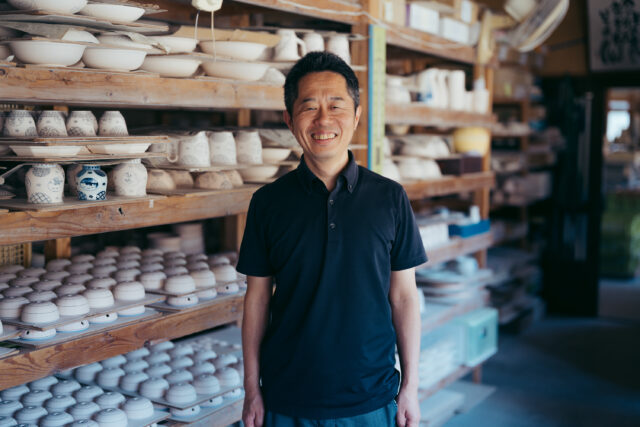
VOL.1-32
Update
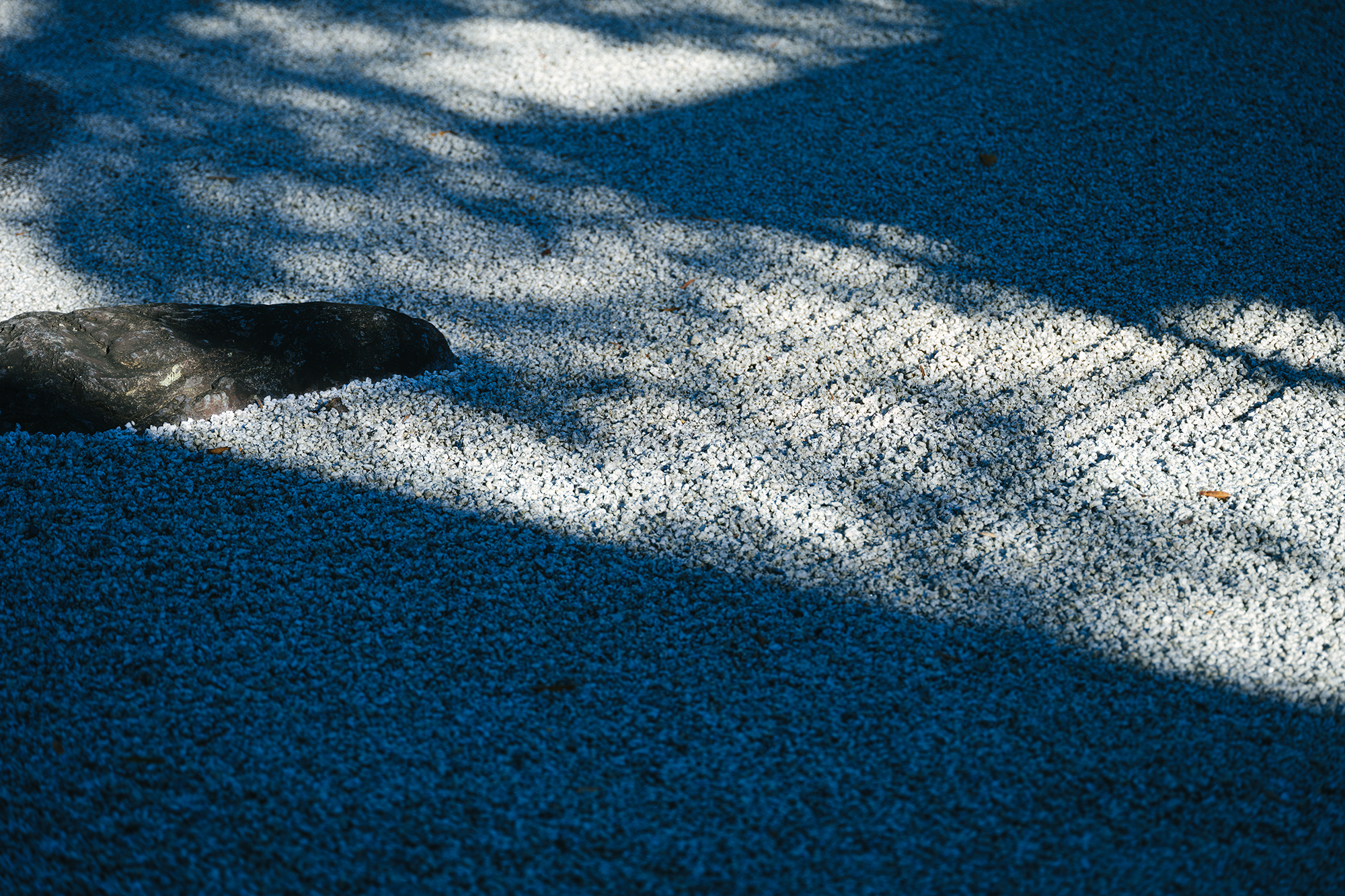
VOL.1-12
Update
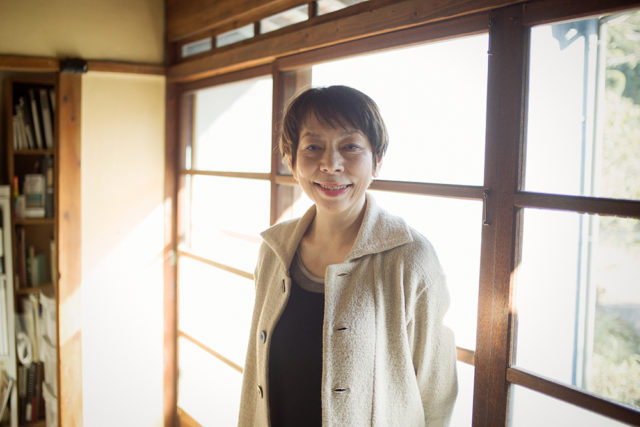
VOL.1
Update
We share a variety of information and perspectives on Japanese crafts, including exhibition information and interviews.
KOGEI Topics VOL.25
Featured Exhibitions & Events VOL.50
KOGEI Topics VOL.24
New Products VOL.22
Dec 9, 2025 – Mar 1, 2026
National Crafts Museum
Dec 12 – Dec 27, 2025
HULS GALLERY TOKYO
Dec 13 – Dec 21, 2025
essence kyoto
Dec 13 – Dec 28, 2025
GALLERY crossing

Kunikatsu Seto, who was deeply influenced by the British ceramic artist Bernard Leach, a key figure in the Mingei (folk art) movement, entered the world of crafts after witnessing Leach’s admiration for an old Goroku-wan bowl from Noto, Ishikawa Prefecture. Working without a master, Kunikatsu independently studied renowned works of lacquerware and ceramics, creating his own pieces. He was also strongly influenced by the natural beauty of the Joseon Dynasty’s Ido tea bowls and has consistently created lacquerware used in daily life, a style known as “the beauty of everyday things” or “the beauty of things in use.”
The lacquerware created by Kunikatsu is characterized by the careful process known as “kiji-gatame,” or the base-coating technique. Repeatedly applying lacquer until the wood base can absorb no more results in a durable vessel that can last for many years of use. This work, “Daen-ju,” is a five-tiered container featuring a modern shape that is innovative compared to traditional jubako layered boxes, and is designed to shine on the dining table whether using all five tiers or just one. The lacquer’s luster deepens as it is used over time, allowing you to enjoy the beauty of its aging process, which is one of the true charms of Wajima lacquerware. It invites you to pick it up and savor the comfort of handcrafted work even on ordinary days.
*This piece was damaged in the Noto Peninsula Earthquake in 2024, and as a result there are slight scratches on its surface.
